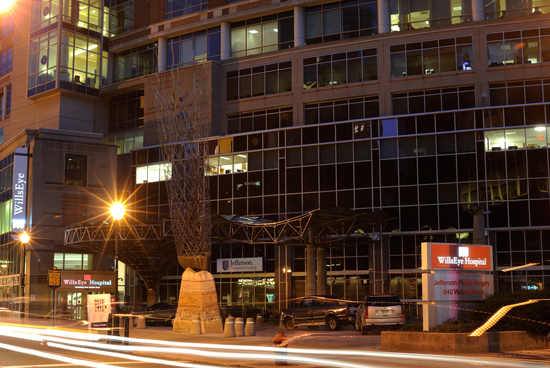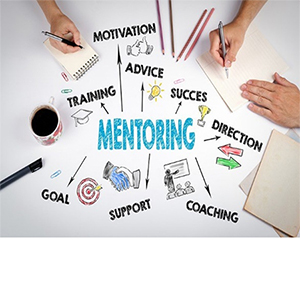The other day I visited downtown Philadelphia for the first time. It’s a great city, and you can’t beat it for history! There are the Liberty Bell, Independence Hall and many of the “firsts” and “oldest” for our country. Opticians remember Benjamin Franklin, one of Philadelphia’s founding fathers, as the inventor of bifocal spectacles. Of course, there’s Market Street with great food shops, and the “Rocky Steps,” the 72 steps leading to the Philadelphia Museum of Art, immortalized by Sylvester Stallone. (Don’t ask. Just looking at those steps gave me leg cramps!)
 Walking down Walnut Street, I came upon a Philadelphia institution that doesn’t make it into the tour books – WillsEye Hospital. Currently one of the country’s top ophthalmology hospitals, it’s also the oldest continually operating eye care facility in the US. In 1832, Quaker merchant, James Wills, Jr. bequeathed money to the City of Philadelphia for the indigent, blind and lame. The first hospital quickly evolved to specialize in eye care only. By 1839, the country’s first residency program in ophthalmology began there. Hardly stuck in the past, in 1952, WillsEye surgeons pioneered the artificial IOL implant, and in 2009, they performed one of the first successful retinal implant procedures.
Walking down Walnut Street, I came upon a Philadelphia institution that doesn’t make it into the tour books – WillsEye Hospital. Currently one of the country’s top ophthalmology hospitals, it’s also the oldest continually operating eye care facility in the US. In 1832, Quaker merchant, James Wills, Jr. bequeathed money to the City of Philadelphia for the indigent, blind and lame. The first hospital quickly evolved to specialize in eye care only. By 1839, the country’s first residency program in ophthalmology began there. Hardly stuck in the past, in 1952, WillsEye surgeons pioneered the artificial IOL implant, and in 2009, they performed one of the first successful retinal implant procedures. The hospital offers services for virtually every type of vision malady from primary care to ocular genetics. Clinical trials are ongoing in the search for preventions and cures. Through the WillsEye Knowledge Portal on the website, you can register free to access educational articles and videos. It’s quite a place, both in brick and mortar and online.
The enormity of the WillsEye Hospital scope of practice got me thinking about low vision. While amazing things happen there to preserve and restore sight, inevitably, some patients will leave with low vision, but partial eyesight is better than none. The criteria for low vision or vision impairment is a best corrected acuity in the better eye of 20/60 or less. That’s where the rest of us come in.
First, we need to be experts on prevention through awareness of the damaging effects of UV and HEV to present our patients with education and products for protection. Then, we need to be experts on low vision aids and rehabilitation services. It isn’t just about aids to vision; patients must learn and maintain independent living skills. With a nod to Philadelphia, you can learn more about how to become an expert on working with patients with reduced vision through our CE, “Vision's Declaration of Independence - Part Two UV, HEV and the Aging Eye,” by Mark Mattison-Shupnick, ABOM, and John Lahr, OD. Find it at www.2020mag.com/ce.












